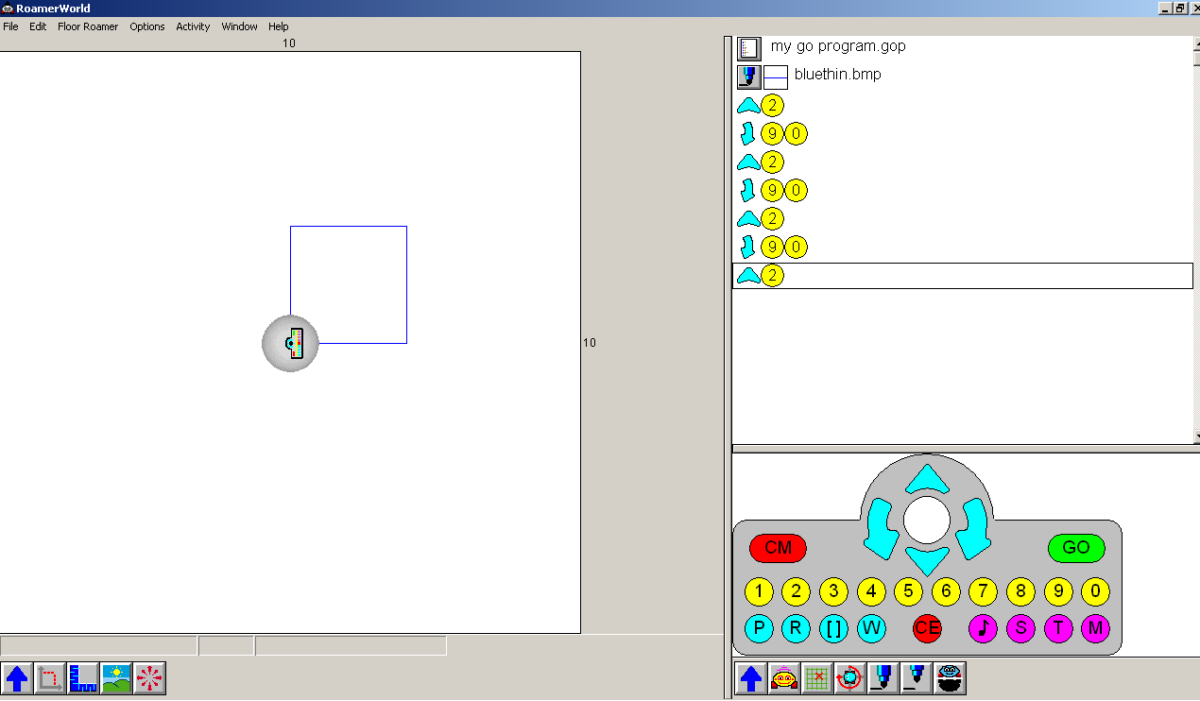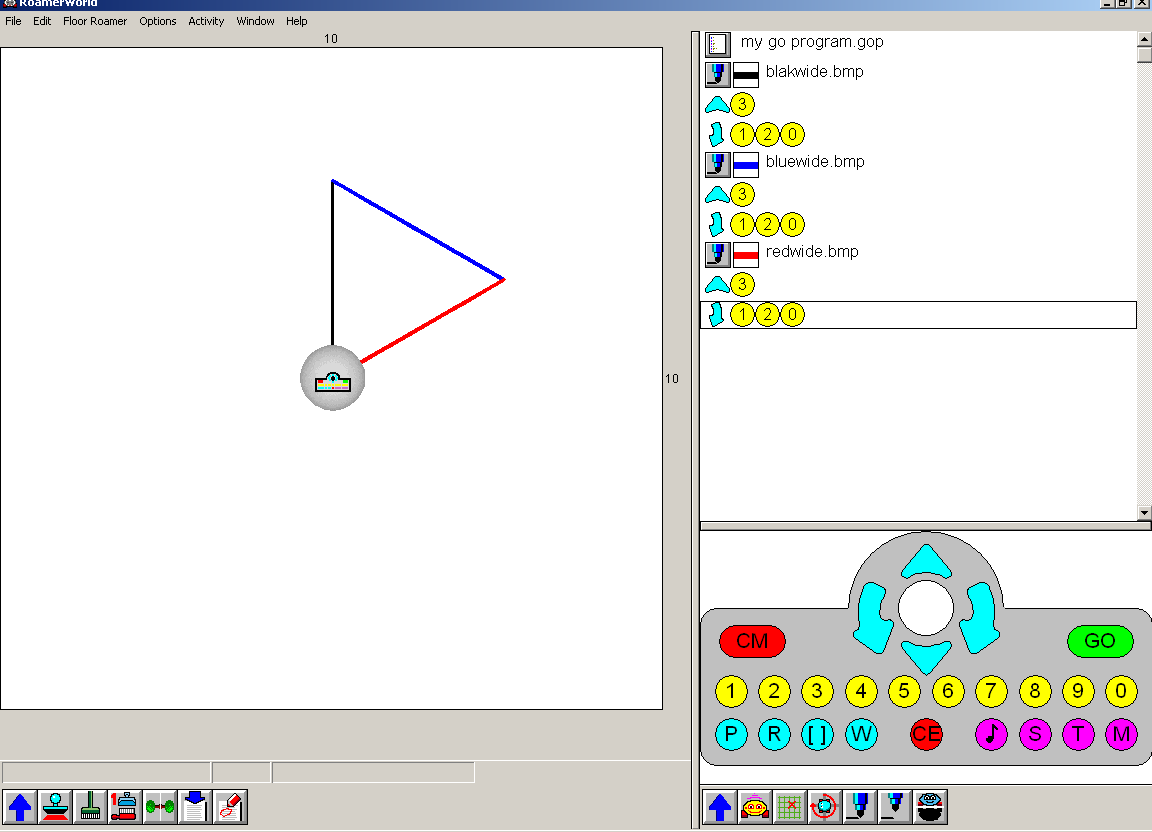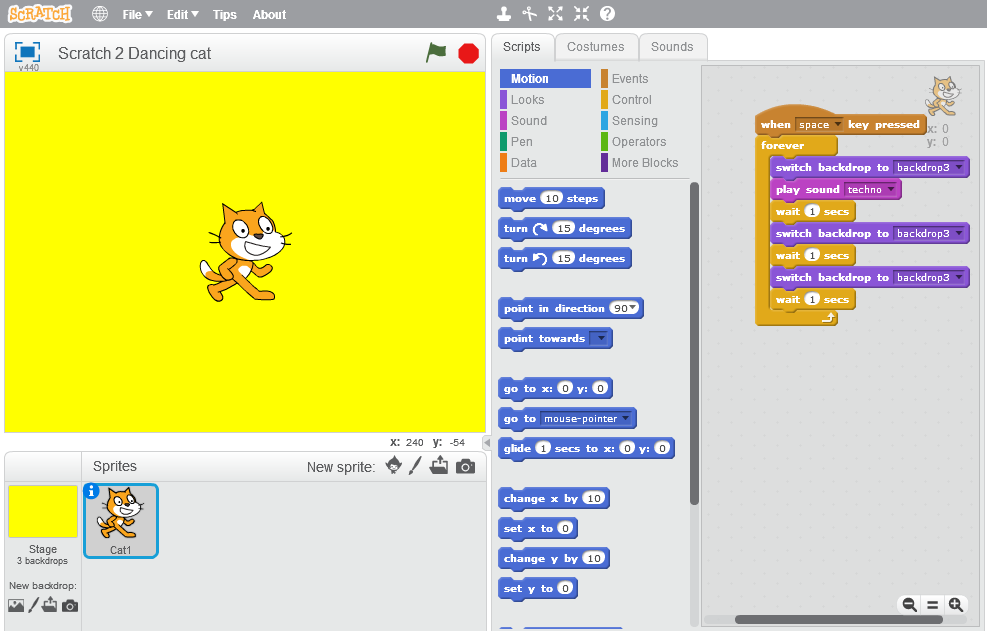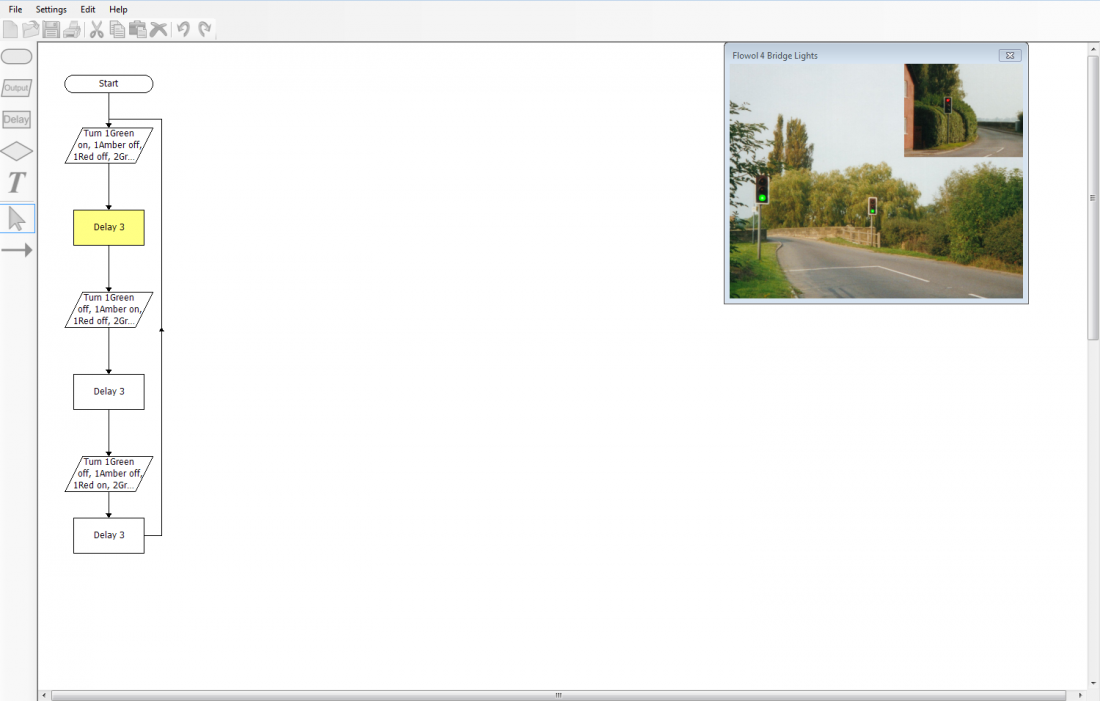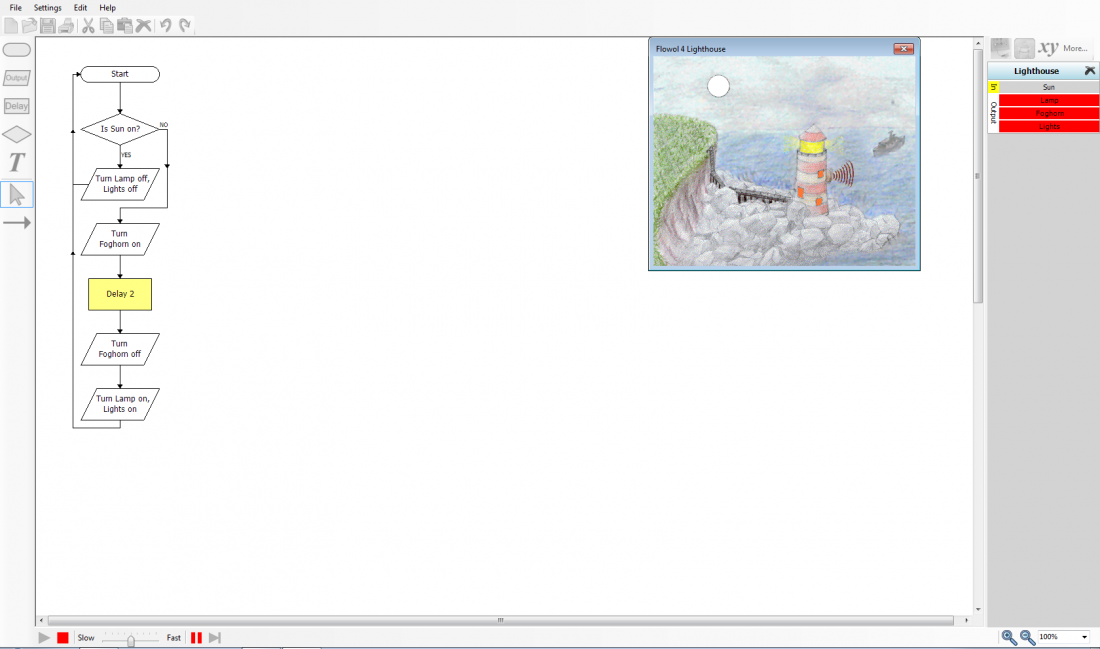Computing – Coding
Subject Key Objective Progression & Development by Year Groups
The following is a guide to help you understand your child’s progression through school.
All lessons are differentiated. This means teachers plan activities that enable the objective to be learned by all children including those who will find the objective challenging, those children who with hard work will secure good progress and those children who can tackle extra stretch and challenge in this subject.
Intent, Implementation and Impact
The curriculum is designed with our pupils and the Swinemoor community in mind.
It enables children to access and enhance their understanding of their home, their town and the wider community, developing their cultural capital and giving them opportunities and choices about their future and their impact as they progress through their school career and beyond.
This will help them become successful members of modern British society, preparing them for the challenges and opportunities.
COMPUTING – Coding and Computing

EYFS: “Children recognise that a range of technology is used in places such as homes and schools.”
KS1: “Understand what algorithms are; how they are implemented as programs on digital
devices; and that programs execute by following precise and unambiguous instructions.”
KS2: “Design, write and debug programs that accomplish specific goals, including controlling
or simulating physical systems; solve problems by decomposing them into smaller parts.”
EYFS:
Technology (T1)
Tablet (T1)
Instruction (T2)
KS1:
Instruction (T2)
Coding (T2)
Programs (T2)
KS2:
Coding (T2)
Debug (T3)
PSimulating (T3)
In the context of coding, children may be able to describe a range of uses of coding in both a professional and personal capacity.
They will be able to describe the history of coding, advancement, and the impact that has had on a social and economic level.
Children may be able to demonstrate some understanding of the impact of coding on globalisation, and the life chances offered through proficiency in computing.
What will be made, produced, performed, or published?
Children will use the technology available to produce a piece of cross-curricular work, related to this curriculum strand.
This may be in the form of a research paper or in a less formal project using a range of appropriate technology to produce a finished piece of work.
What knowledge will the children have embedded?
In the context of using coding, children will be able to explain how coding is used in different environments, such as their immediate experiences, professions and later on in the wider world.
They will be able to select appropriate coding for different purposes, and talk about how coding is used in different professions and the impact it has on globalisation, and how it will help in the future.
What retention may be demonstrated?
Here are some example questions that may be used to assess children’s understanding.
EYFS: What technology do you have at school? What could you use a tablet for? What is an instruction?
KS1: Can you think of any jobs where using coding would be useful? How could you use coding to help in [situation]?
KS2: How could you use coding to in other subjects? [topic]? What are the benefits and risks of using coding?
Computing – Primary Curriculum
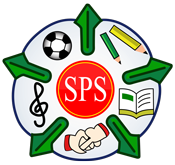
This collection of short films and resources will help you understand your child’s progression through school.
The curriculum film resource has been broken down by subject area initially and then by topic area.

